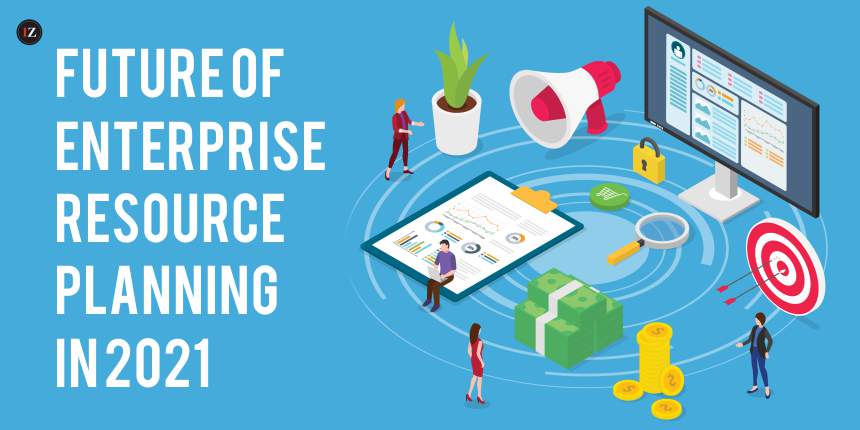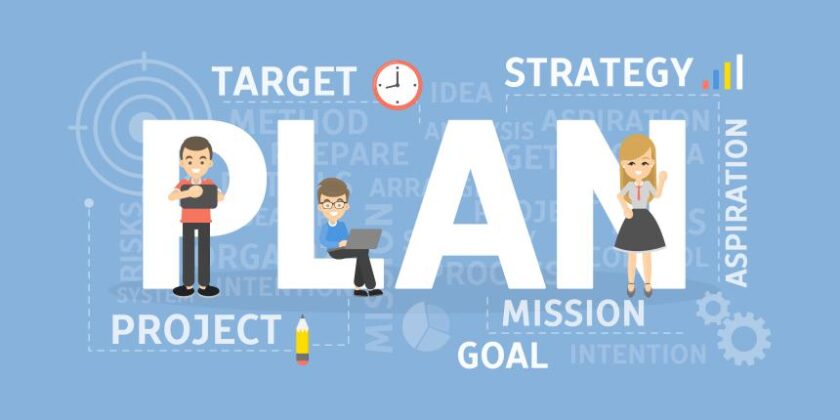Enterprise Resource Planning (ERP) used to be moderately slow to change. However, recent technology trends have started rush of fast changes in ERP that will require companies to update within a few years. ERP systems “involve the integration of business processes within an organization, with improved order management and control, accurate information on inventory, improved workflow, and SCM, and better standardization of business and best practices”.
The amount, speed and importance of the data involved mean that improvements to ERP have the potential to be transformative, but the complexity and robustness of the systems means that changes are not easy to make. However, for companies that are able to apply innovations effectively, this offers the potential to gain real competitive advantage.
Slow in the beginning, ERP is now making huge strides and drastically changing how manufacturers and other types of businesses do business. Each year now brings many more exciting cutting-edge technologies to both offices and the manufacturing floor.
Past Directional changes that need to be updated
Most business systems at that time focused on one particular business process, and as a result, companies purchased different systems for each business process and ultimately had to move data from one system to another to get information to the right people at the right time. This led to numerous human errors, slow processes, inconsistent information, and ineffective reporting.
Current trends in ERP
Today, companies that use two-tier ERP software are based in many locations, or else they are large corporations that have several subsidiaries. Two-tier ERP is the dual implementation of ERP within a company. Tier one is the “legacy application,” which is used at the corporate level. Tier two is managed by the subsidiaries.
Three-dimensional printing, also called “3D printing,” “additive manufacturing,” or “AM,” is changing how manufacturers make complex products such as engines and seat buckles. Printers improve the parts, cut costs and boost efficiency, which enables huge amounts of well-made products to be cheaply and quickly manufactured.
The automotive, consumer electronics, healthcare, and other sectors already embraced this new technology. Hearing aids, turbine blades, coffee mugs, candies, and human tissue are already being made using this new technology.
Artificial Intelligence (AI) had a rocky start, but increased computer power and theoretical understanding, along with huge amounts of data, in more recent years caused its revival. The time is finally right for AI. Now connected to ERP systems, AI helps people to make decisions, work faster, not make as many mistakes. Operations research, software engineering, and computer science problems are solved partially with the help of artificial intelligence.
User Experience and Customization
Apps give executives and employees access to real-time company information and customer communications. ERP is indeed going mobile to meet this need. ERP mobile apps let the workforce send push notifications, create an event, review and approve time, sales orders, and expenses from the local coffee house or a backyard patio table.
Having access to a global company’s ERP from anywhere in the world is the number one reason cloud ERP is being adopted. Cloud ERP gives better security of data, so it is not as risky as people think. Cloud ERP is also easier to manage and lowers costs. One-third of company IT budgets go to cloud services now. Expect cloud ERP to continue to diversify and to offer more customization options and features in 2021.
Connectively Global
With working from home becoming our “new normal” for the foreseeable future, most on premise systems are not equipped to handle almost entirely remote users, which hinders employees from accessing essential up to date information. The Oracle Fusion Cloud ERP was designed to allow remote workers to access internal systems and tools safely and with ease. Employees can also connect from any location with single sign on capabilities.
In addition to global access, Oracle ERP Cloud also has a global presence. The system utilizes the power of global ERP suite in combination with transactional and reporting capabilities. As a result, organizations can do business in different languages across many countries with regional regulations properly taken into account.
Seeing as ERP sits at the heart of all business operations, there is a great importance for streamlined integrated solutions for supply chain management, production, procurement and more.
With a modern global ERP system in place providing real time information, organizations are able to make more informed decisions thereby actively protecting their cash flow. In addition to being agile, organizations are also exposed to innovation capabilities through emerging technologies such as Artificial Intelligence (AI), Blockchain, Internet of Things (IoT) and Machine Learning (ML).
The future of ERP applications is a broad. Enterprises are waiting for more user-friendly, secure and intelligent enterprise resource and planning applications. Inspiringly, the involvement of AI and machine learning adds intelligence and efficiency to enterprise applications. Hence, all it takes is the futuristic approach to the selection and integration of ERP into the business.




